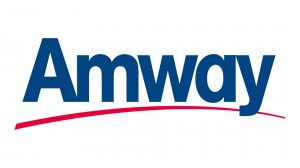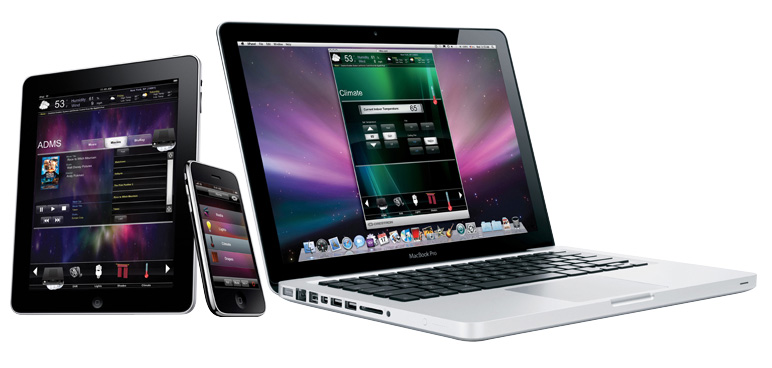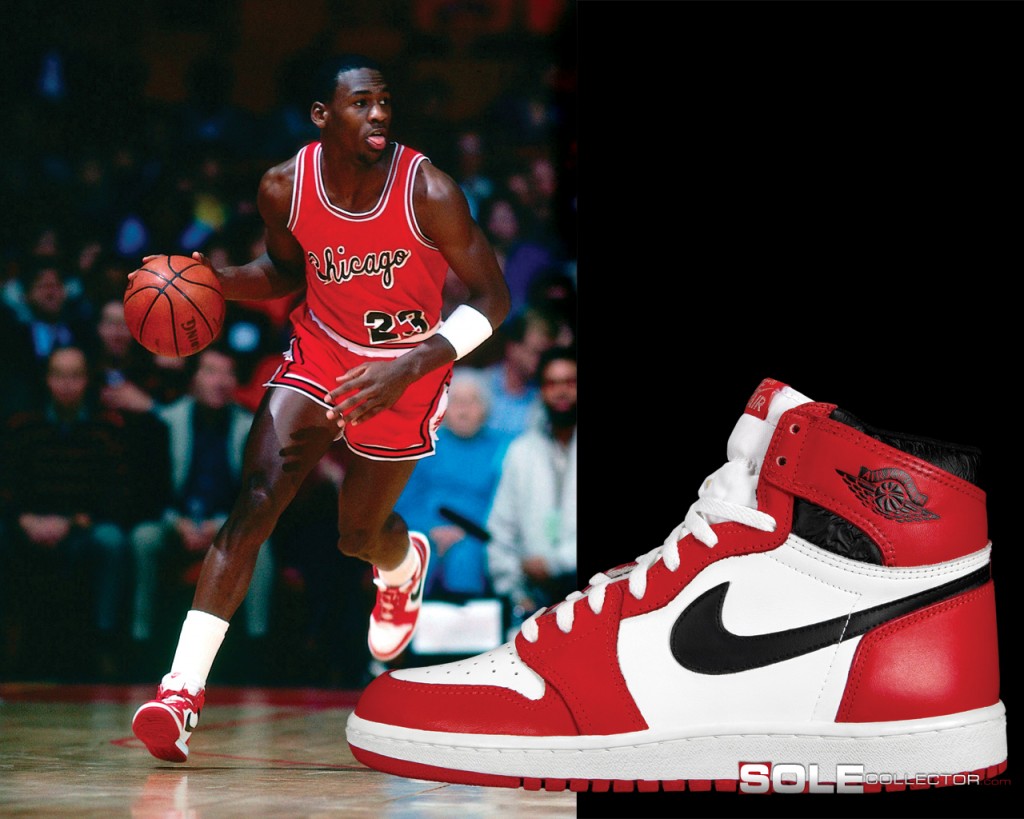There’s always a tendency in content and concept heavy classes for students to ignore each other, take notes, leave, take the exams and never interact with anyone else outside of prior acquaintances. Sure, there would be team projects, but often, groups could get by with a handful of meetings, and complete our joint assignments over the internet. Fortunately, the marketing plan assignments in Comm 296 turned out to positively facilitate our group dynamic, and draw us together in order to understand both the assignments and the material.
Our group got off to a productive start, organizing ourselves via Facebook and establishing Google docs for the assignment ahead of time. This foresight allowed us to quickly adapt as our understanding of Marketing changed to better fulfill the requirements of each assignment. We could cross references sources, and utilize multiple drafts and discussion to get a sense of the true macroeconomic situation of our chosen company, EA Games, while integrating it with our SWOT analysis. This cooperative framework became far more invaluable for us during our second assignment, when we discovered to our horror only two days before the due date that we completely misunderstood the assignment. Since we were able to draw from a common pool of sources, and quickly reference from each other’s work for ideas and support, we were able to quickly rectify this issue.
The in-class assignments we completed as a team also greatly contributed to the understanding we needed for our marketing plan assignments, and inspired our group to formulate ideas which related to our plan.
The one suggestion I would like to leave, is while our Marketing Plan Assignments as a whole proved to be productive, achievable, and effective in understanding the material, the our lack of familiarity with digital media cause significant difficulties. Perhaps to facilitate the Assignment #3 video, surveys should be given out to find out which individuals know how to use media equipment, before dividing groups.











